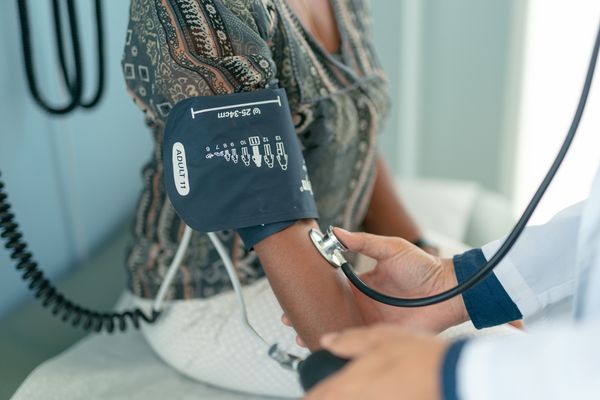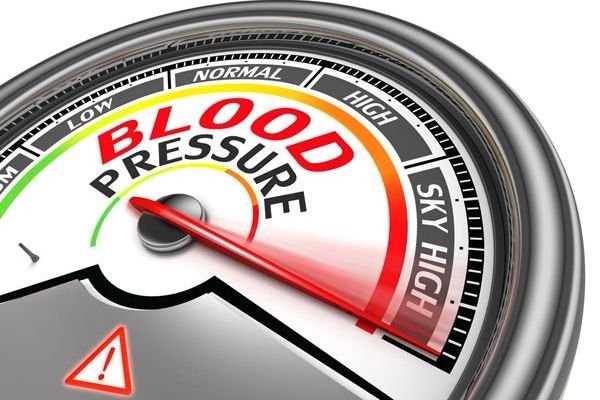Q:
I need to regularly monitor my blood pressure and must purchase a blood pressure cuff. Will my insurance cover this?
A:
Monitoring your blood pressure at home, in conjunction with your health care team, is an important way to improve your numbers. At-home readings allow you to take more frequent blood pressure readings, track changes over time and help your provider recommend appropriate lifestyle modifications or medication treatment plan.
Some—but not all—insurance plans cover the cost of a blood pressure monitor for home readings. Be sure to check with your insurer about coverage details. Even if the cost of a monitor isn't covered, you have other options:
- Ask about a blood pressure monitor loan program. Your provider or medical group may offer a free blood pressure monitor loan program for patients with prehypertension or high blood pressure. This will allow you to borrow a blood pressure monitor for a specific period, share your readings with your provider, make any necessary changes to your treatment and then return it for use by another patient.
- Save money by using an FSA. If your employer offers a flexible spending account (FSA), you may be able to save significant money on the purchase of a blood pressure monitor and other medical expenses, such as co-pays, deductibles, and other medical/dental expenses. How does it work? Employees can set aside money from each paycheck before taxes are deducted that can be used to pay for specific medical expenses that your insurance does not cover. For instance, using your FSA to pay for a $50 blood pressure monitor can save you approximately $14 in taxes that you otherwise would have had deducted from that $50 in earnings. Before doing this, talk with your employer to confirm your FSA options (including enrollment deadlines) and that blood pressure monitors are an eligible expense.
- Purchase a low-cost blood pressure monitor. Ask your health care team about low-cost blood pressure monitors that provide accurate readings. Your health care providers likely know about different price points as well as which pharmacies or retail stores have the most competitive prices. Keep an eye out for coupons, too!
- Consider options outside of your home. If you're reading this post, you're probably interested in monitoring your blood pressure on a regular basis outside of the doctor's office. Explore other options where you can have blood pressure readings taken regularly outside of your home. For example, your doctor's office may offer free or low-cost blood pressure readings with no appointment required. And many pharmacies and grocery stores offer kiosks free for customers. Other community locations, like your faith-based organization or local gym, may also have blood pressure monitors for use. Just be sure to record and track all of your readings using paper and pen or an app.
Not all home blood pressure monitors are created equal. Be sure to talk with your physician or health care team to make sure that your blood pressure monitor provides precise readings and that you know how to take an accurate reading. After all, you don't want to spend money for a machine that isn't providing you the proper information, do you?
Article courtesy of Measure Up/Pressure Down®. Measure Up/Pressure Down is a three-year national campaign created by the American Medical Group Foundation to improve blood pressure control. Learn how to lower your risk and manage the disease with our booklet, Circulation Nation: Your Roadmap to Managing High Blood Pressure.







